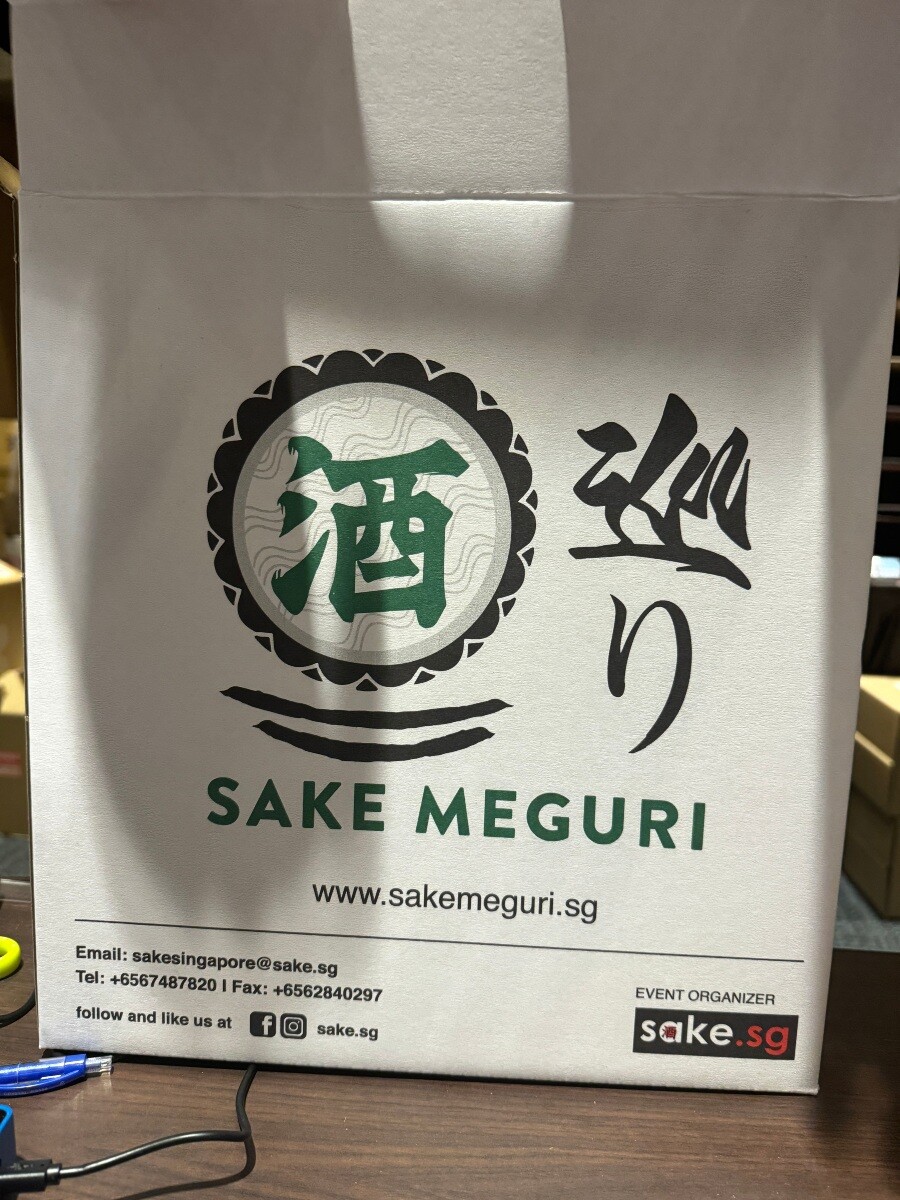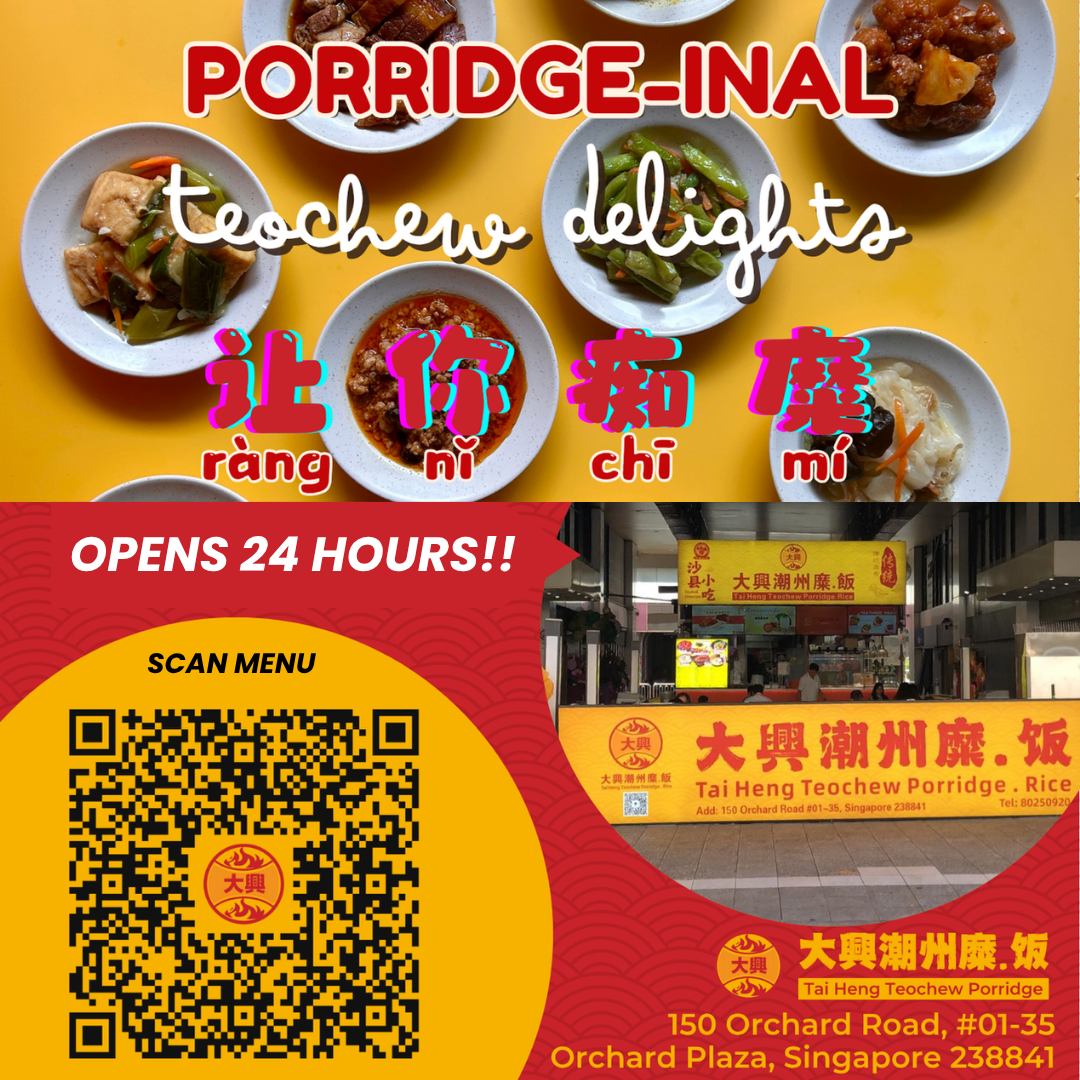“Youkoso, Minasan”! Sake.sg invited us to Sake Meguri 2025 to sip our way through Japan’s rich sake traditions. The organiser hosted us at the Singapore Expo earlier today, and there was a crowd of sake lovers by the time I arrived at 10.45 am. I could hear the buzz and excitement even from a distance away.
The door gift was an Ochoko, which was both practical and refreshing. Practical and essential for the sake-tasting, and I don’t need another notepad, coffee cup or fridge magnet. It even has a lanyard to hang your Ochoko around your neck, such that you do not even have to hold it! To the marketing team, great job!
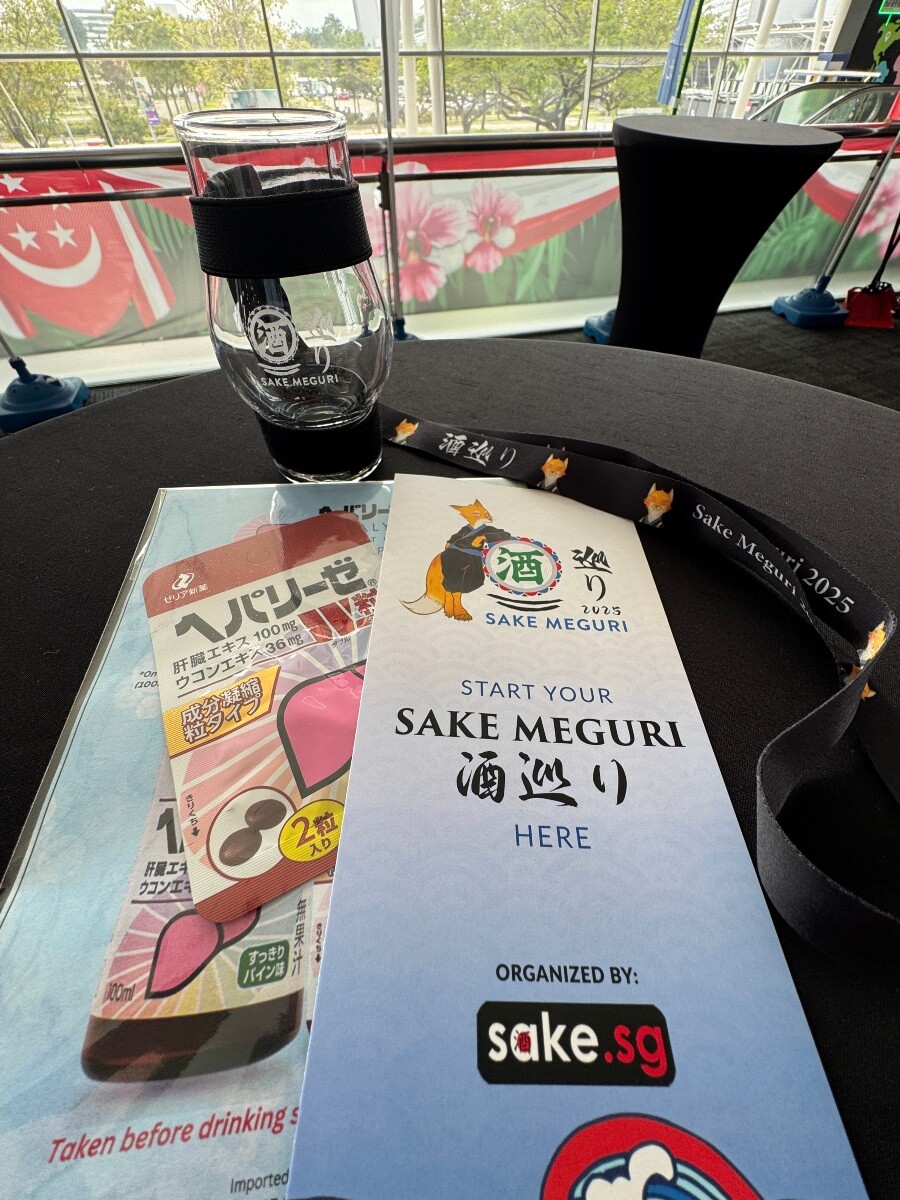
What is an Ochoko?
An Ochoko is a small, traditional Japanese cup specifically designed for drinking sake. It’s the most common and widely recognised type of sake cup. Ochoko are typically small, often resembling the size of a shot glass, with a capacity ranging from around 20ml to 90ml (⅔ to 3oz). This small size is intentional, encouraging sipping rather than gulping, which allows you to appreciate the nuanced flavours and aromas of sake.
Due to their small size, ochoko help maintain the sake’s ideal serving temperature (whether chilled or warmed) for the duration of a single sip. This is important as sake can change in flavour as its temperature fluctuates.
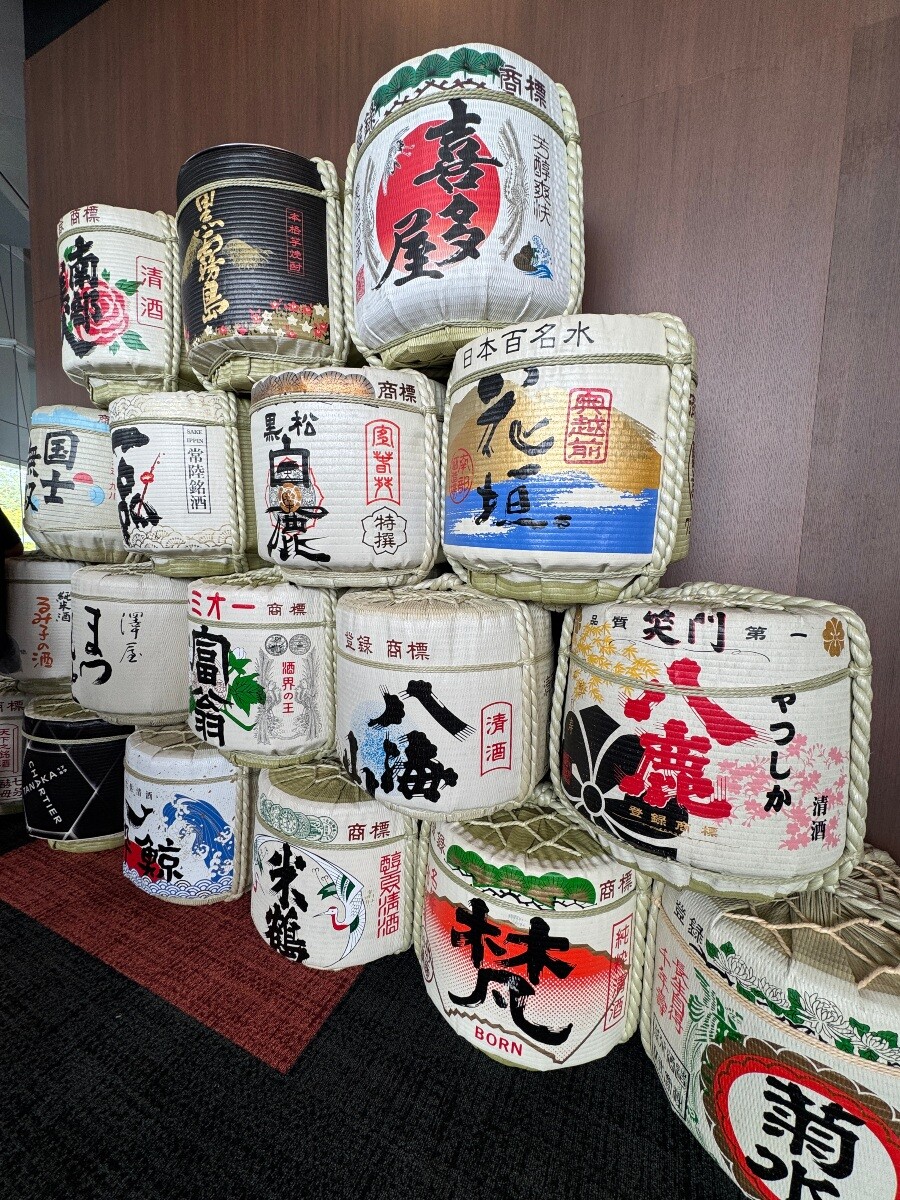
What are sake barrels used for?
The general term for a sake barrel is taru. When wrapped in straw matting, we call them komodaru. The straw wrapping (komo) was originally for protection during transport, but now serves a largely decorative and ceremonial purpose, often displaying the brewery’s logo or celebratory messages. Empty barrels used solely for display at shrines are known as kazaridaru, meaning “decoration barrels.” Now, are we learning something new yet?

The exhibitors’ directory is right outside before you step in, but honestly, you will not need it.
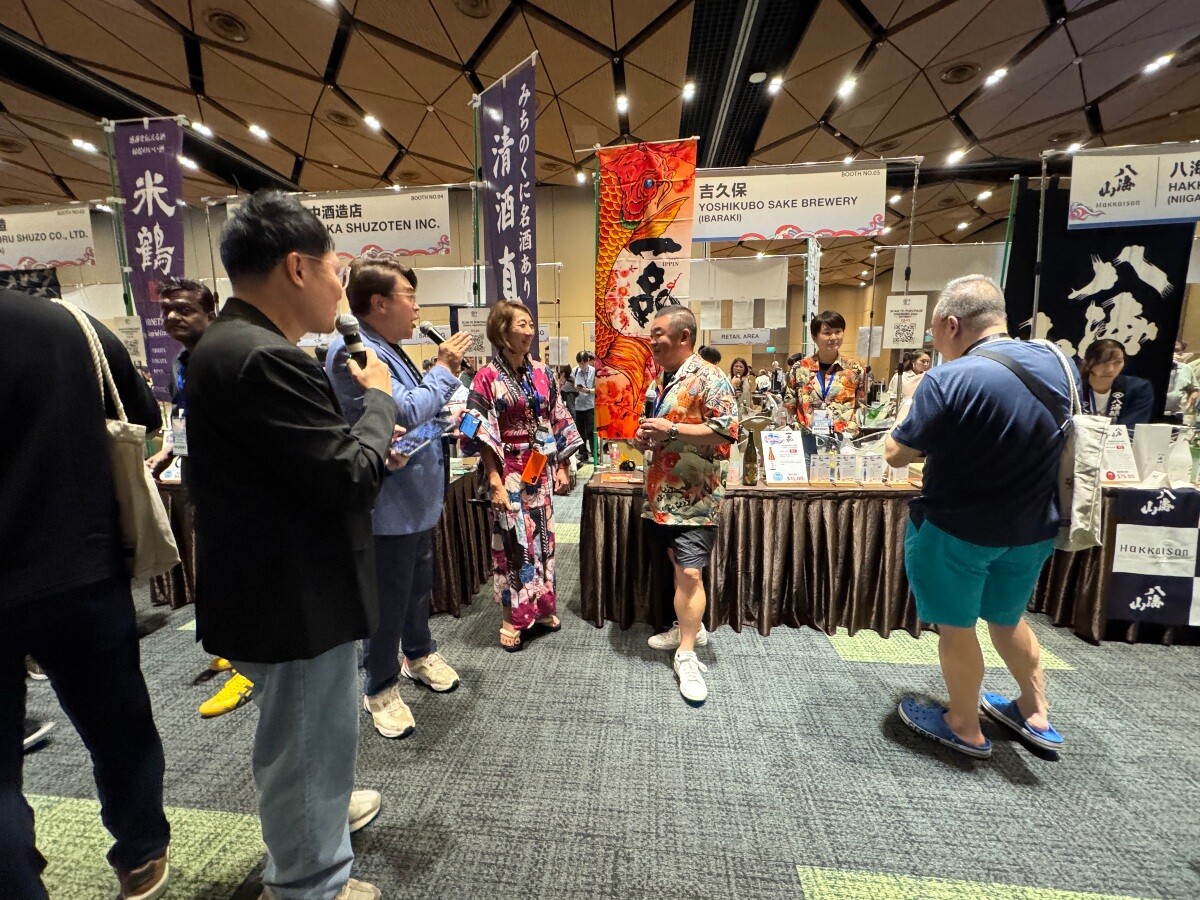
Hosted by LOVE 97.2’s 饮饮作乐 DJs Kenneth and Edward, they were going around each booth speaking with the “sake toji” (master brewers). They shared the origins of their craft and the history of their breweries with much passion.
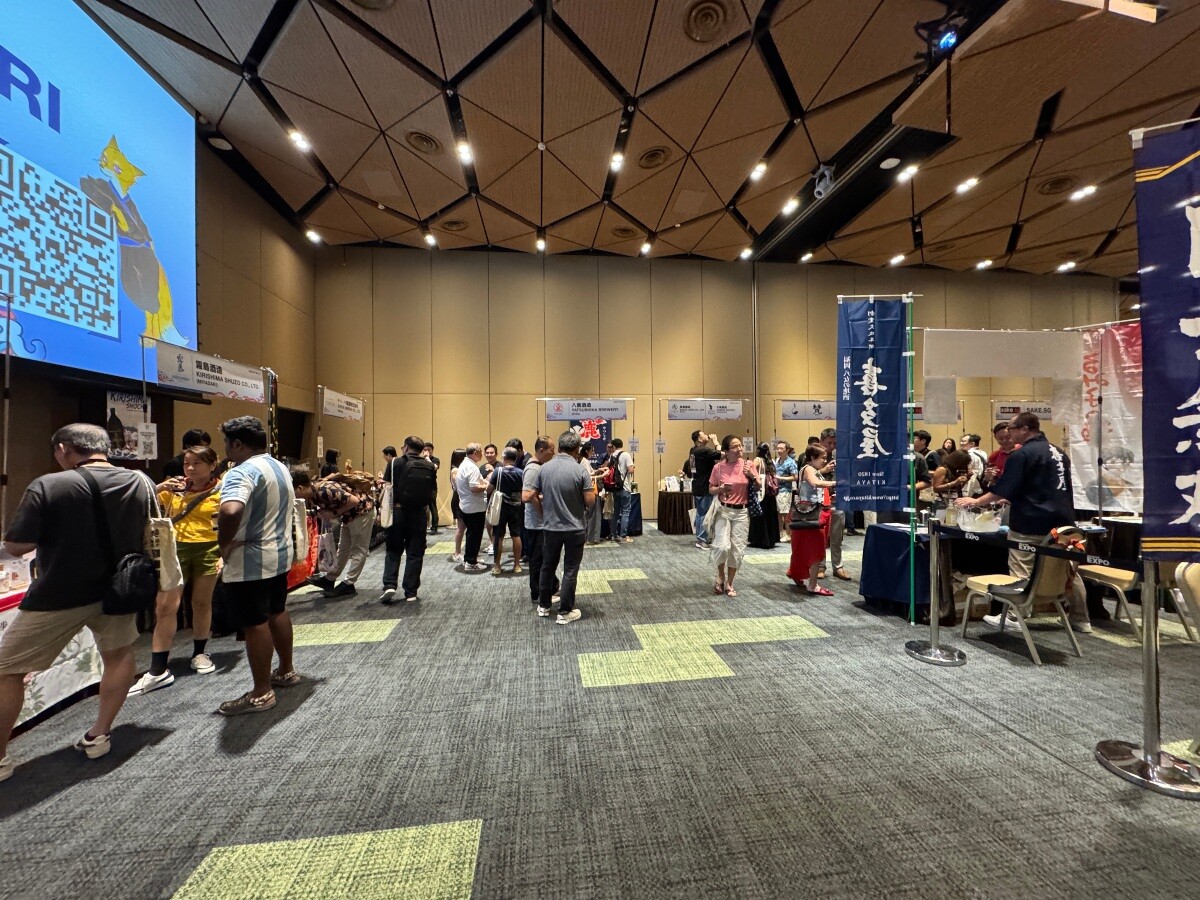
KIRISHIMA
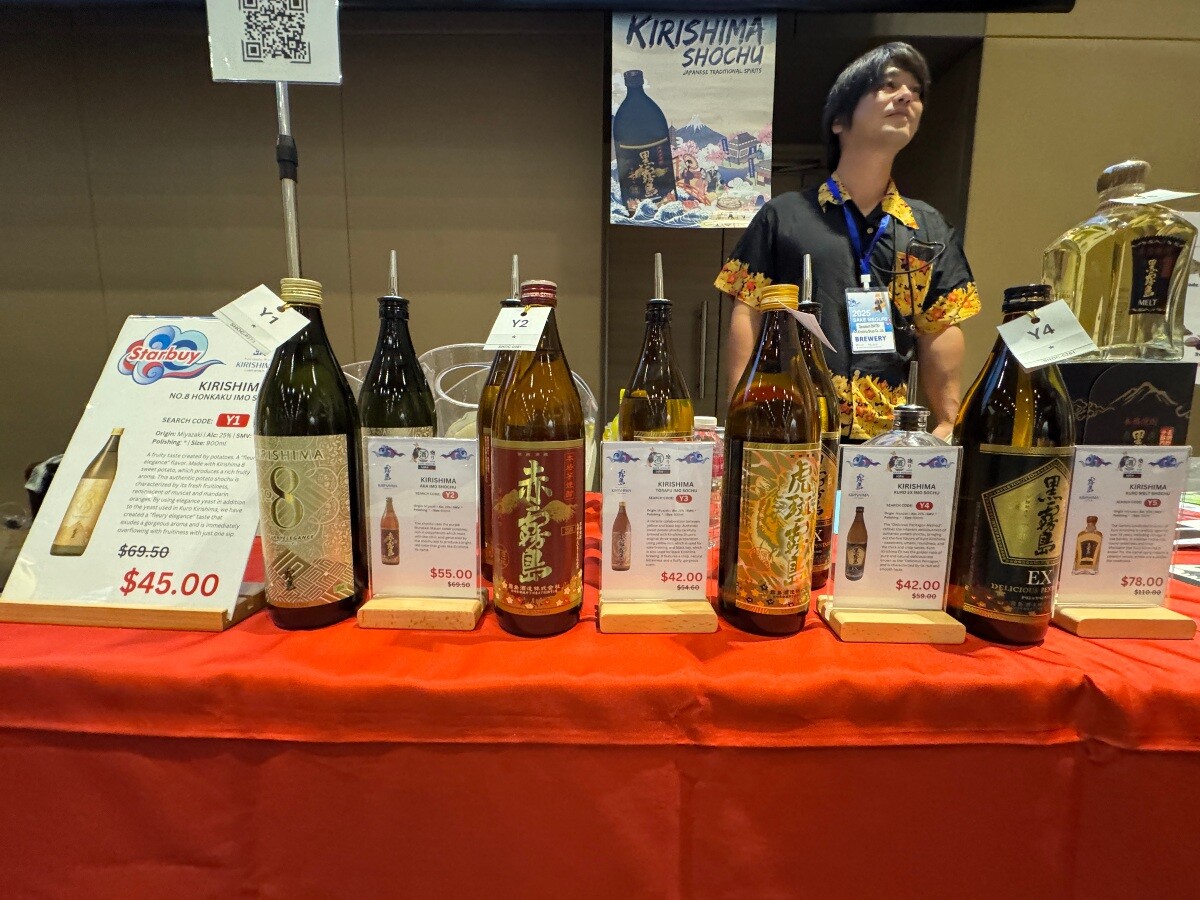
The first booth that I came to is not exactly a sake. It is Kirishima’s shochu made from rice, barley, brown sugar and most famously, sweet potatoes. Sweet potatoes are healthy…..right? These are not any kind of sweet potatoes. They are specially harvested from the Miyazaki Prefecture, Kyushu.
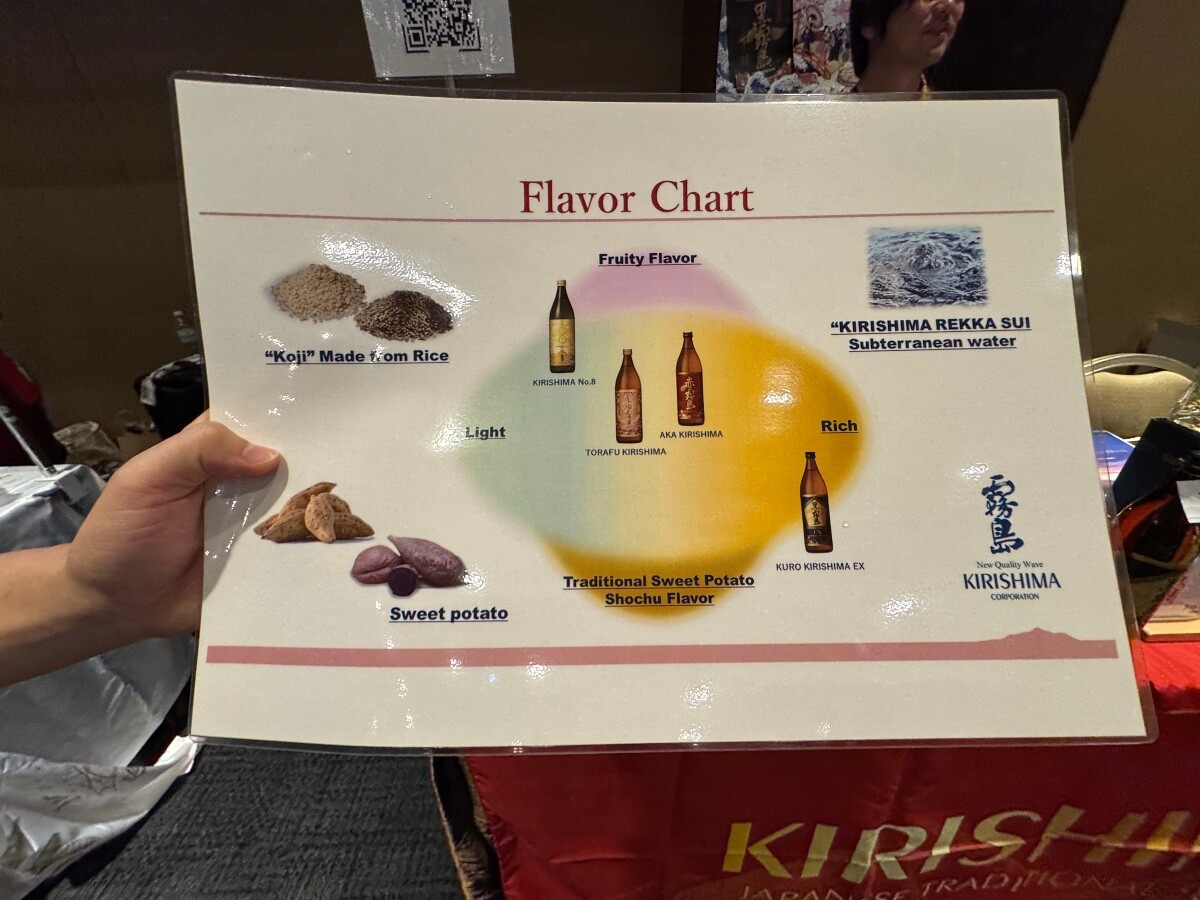
Kirishima Shuzo has a long history, dating back to 1916. They are pioneers in the shochu industry and popularised the term “Honkaku Shochu” (authentic shochu), which signifies a single-distilled shochu with no added sugar or artificial flavourings, thus preserving the pure essence of its base ingredients. Their flagship product, Kuro Kirishima, made with black koji and sweet potatoes, is the best-selling shochu in Japan.
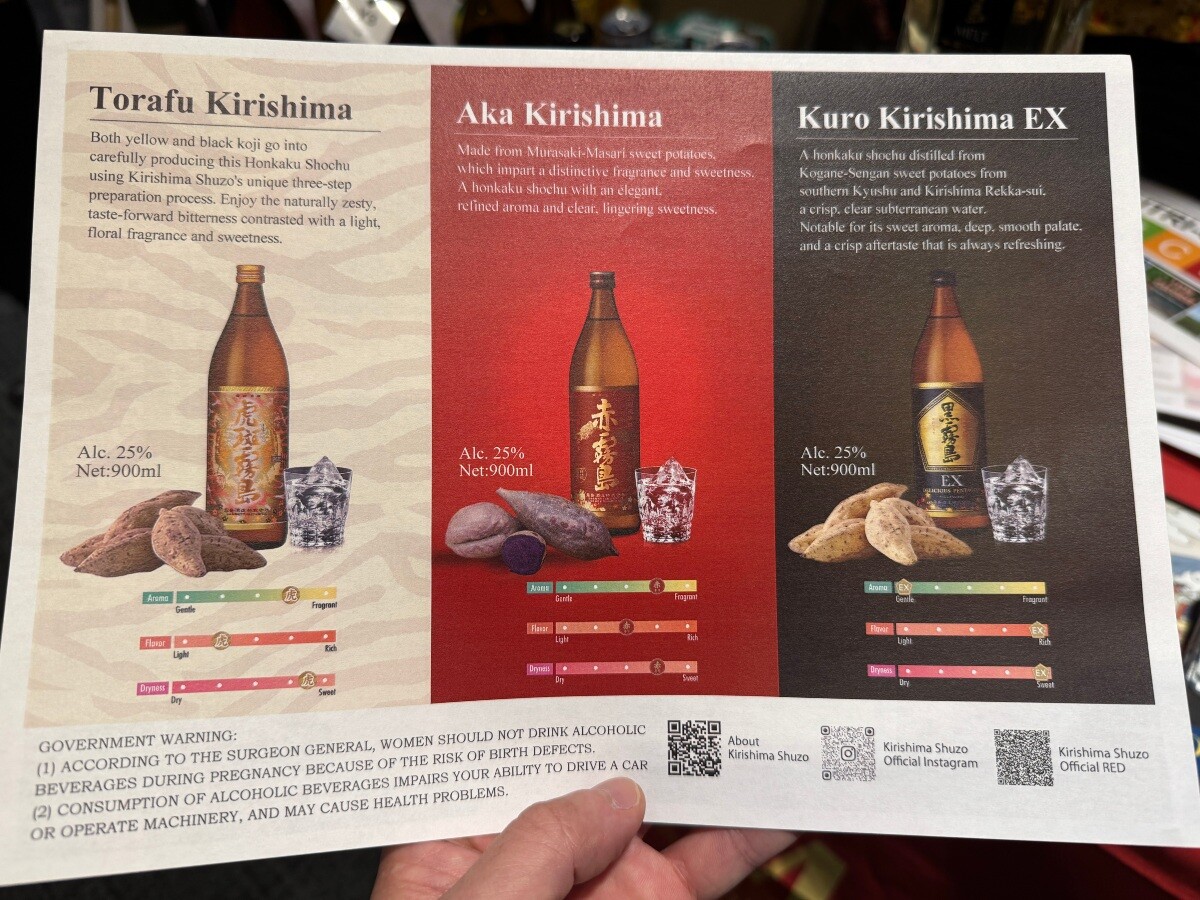
Every booth has its Starbuy item on display, and you can purchase it on the spot. For the non-starbuy items, you can scan the QR code on display at the booth to add your desired items to the online store. The organisers will then deliver to your desired location. Delivery charges apply.
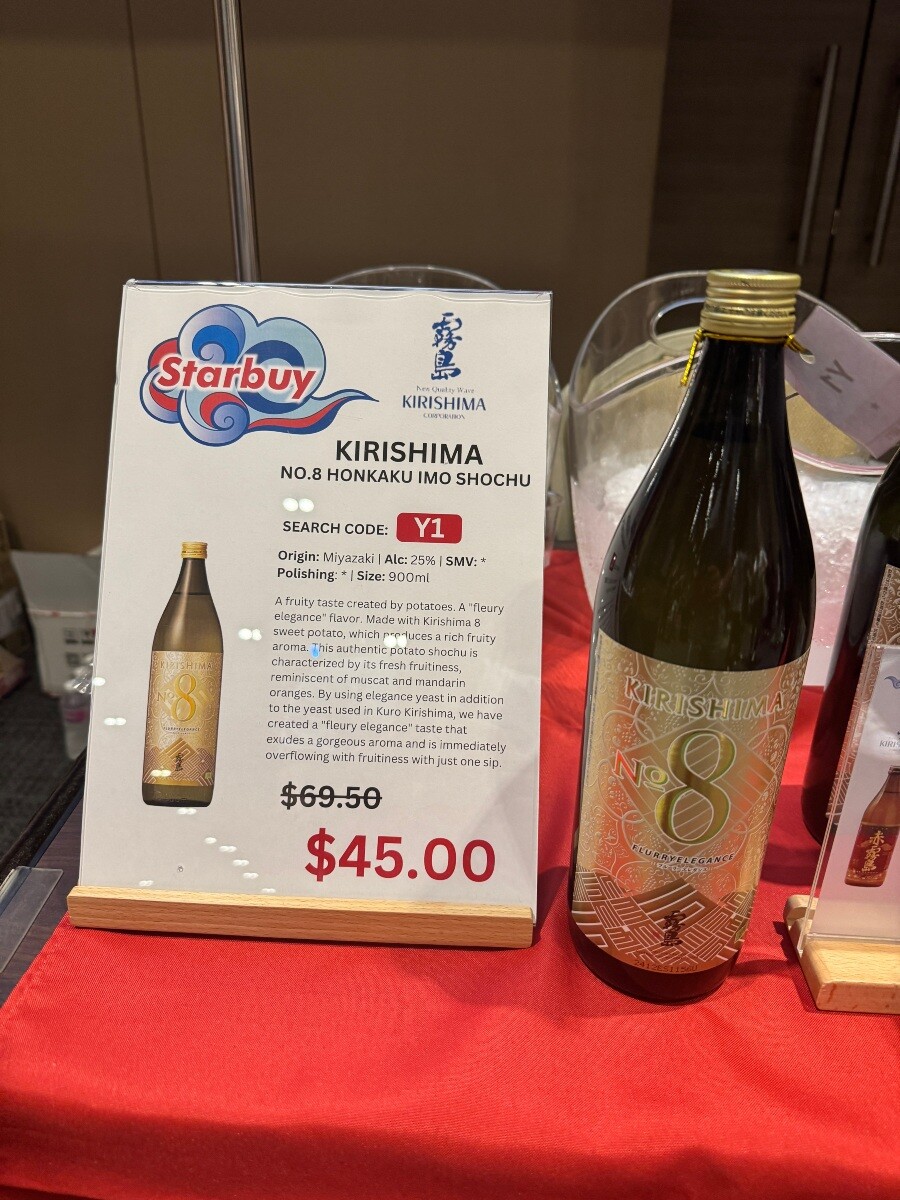
KAMOTSURU
The next Starbuy that caught my eye is its name, 一滴入魂, loosely meant, or so I thought, “a single drop to enter trance”. However, it means “Itteki-Nyukon”, which translates to “a soul in every drop”, emphasising the dedication and care put into its brewing.
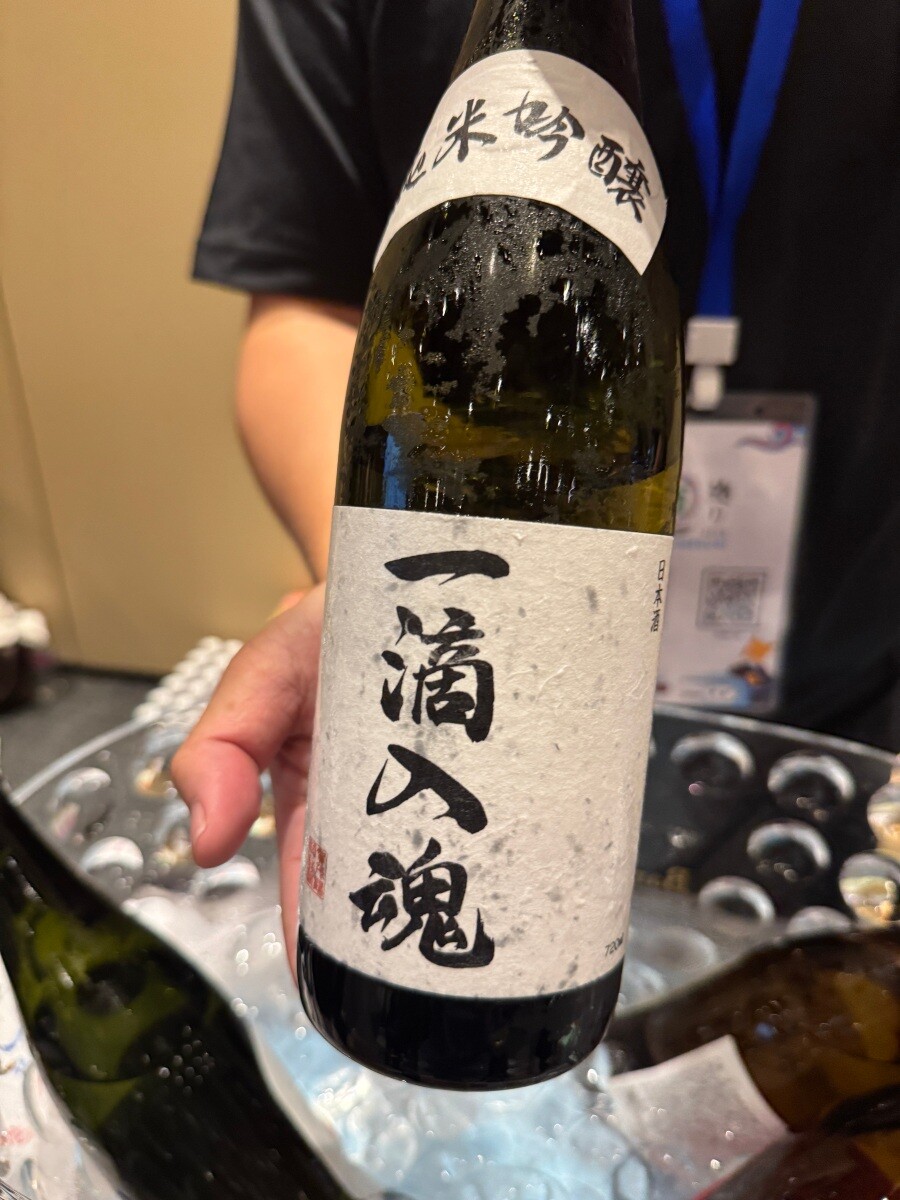
This sake originates from Hiroshima Prefecture, Japan. Hiroshima is a well-known region for sake brewing, particularly famous for its soft water, which is conducive to brewing elegant and fragrant sake.
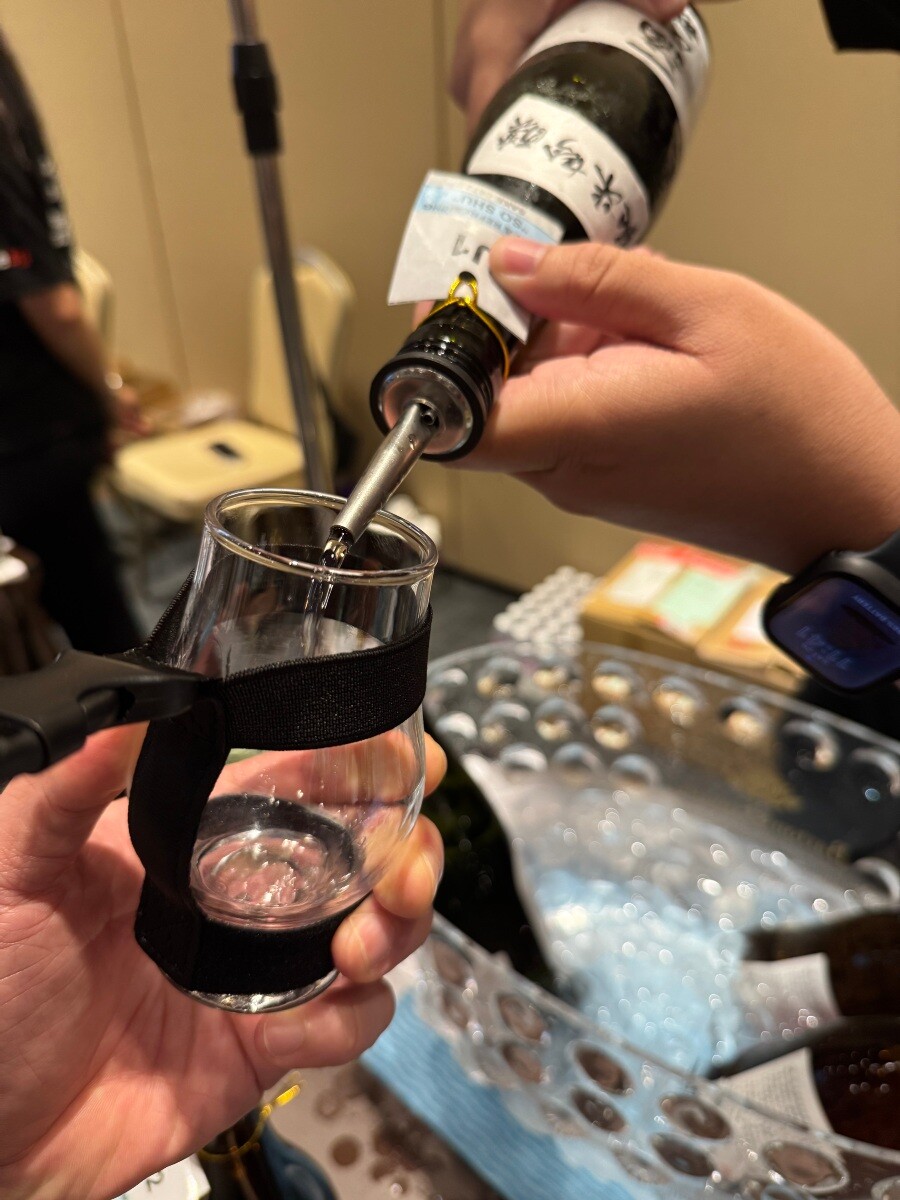
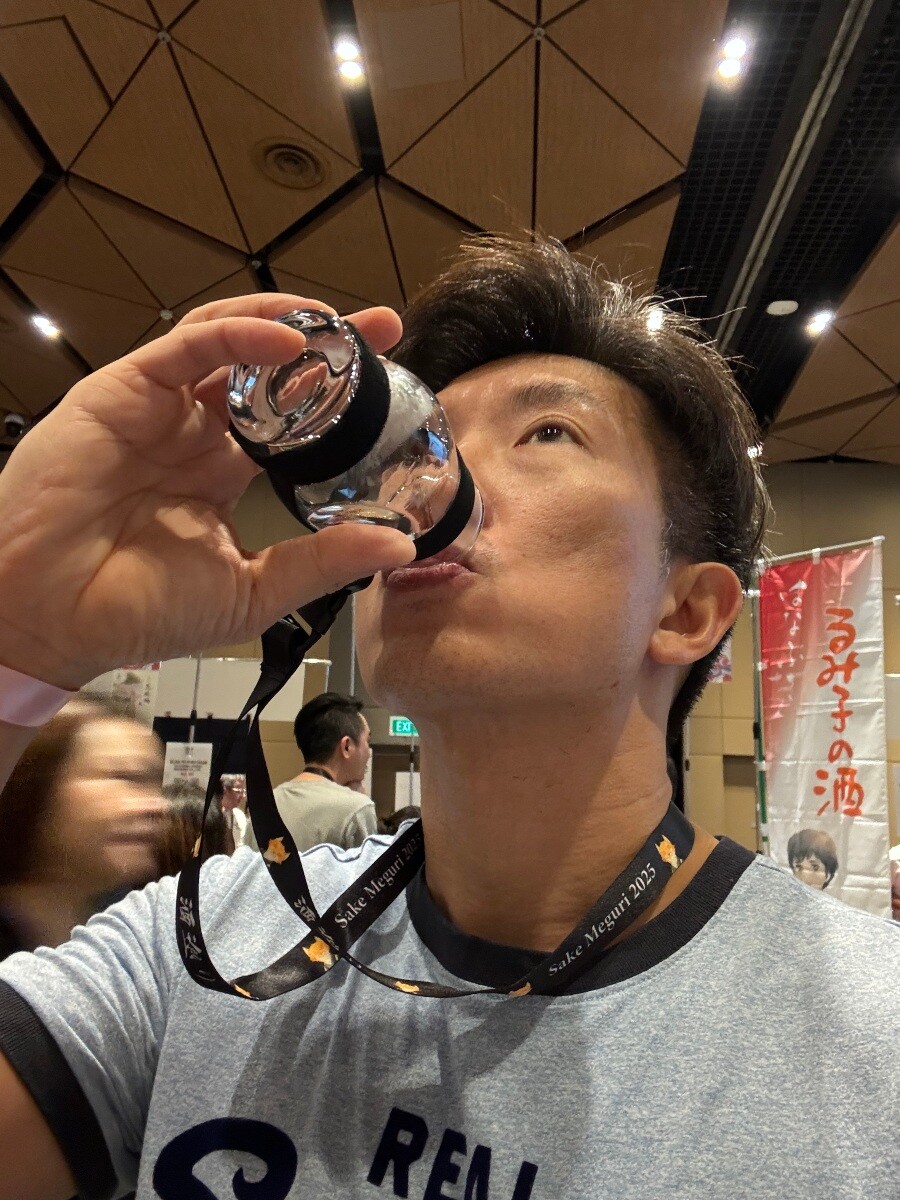
Kamotsuru is a highly respected and historic sake brewery in Japan, with a history dating back to 1873. They are particularly famous for being the first brewery to successfully commercialise Daiginjo sake (a super-premium classification) and have a long-standing reputation for quality and innovation.

HANAGAKI
The key defining characteristic of the next sake. “Nigori” literally means “cloudy” or “unfiltered.” Nigori sake is intentionally coarsely filtered, leaving fine rice particles and sediment in the bottle, which gives it a milky white, opaque appearance. This also contributes to a creamier texture and a richer, often sweeter flavour profile compared to clear sakes.
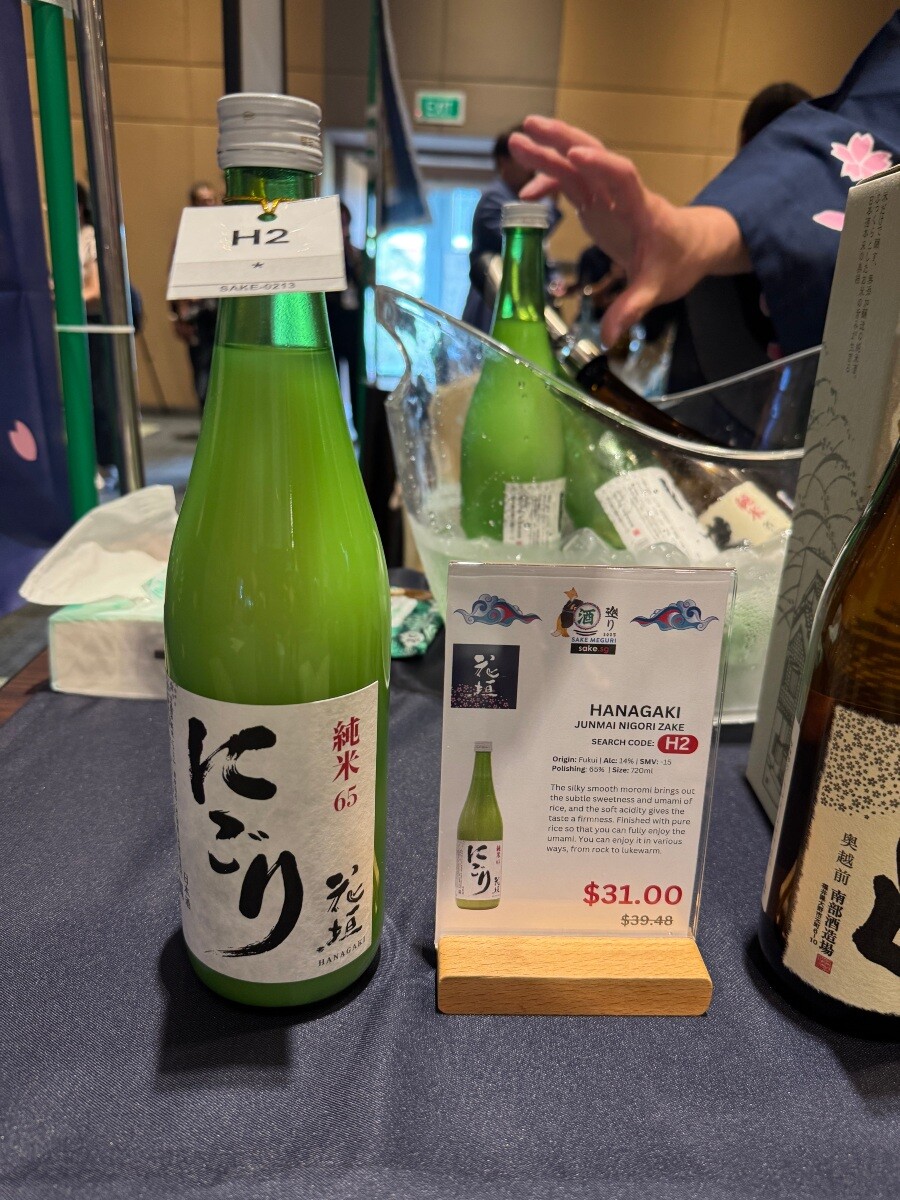
This Hanagaki sake originates from Fukui Prefecture, Japan. Fukui is located on the Sea of Japan coast in the Chubu region. It’s known for its abundant snowfall, which provides excellent quality water for sake brewing. The brewery is Nambu Sake Brewery Inc. https://www.hanagaki.co.jp
KITAYA
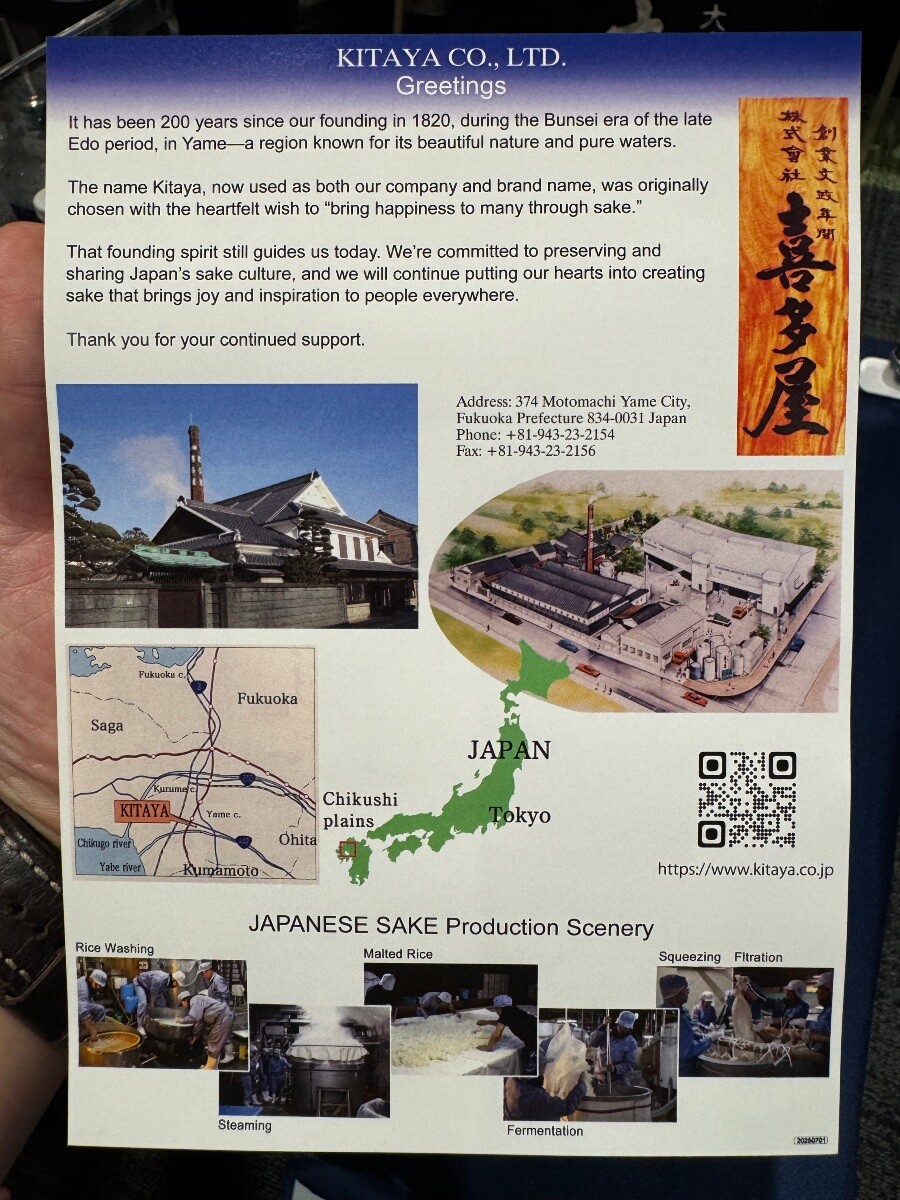
This next sake is from Kitaya, which is based in the Fukuoka Prefecture, Kyushu. Our Japan correspondent, Kevin, who has visited several times, has shared his itinerary here.
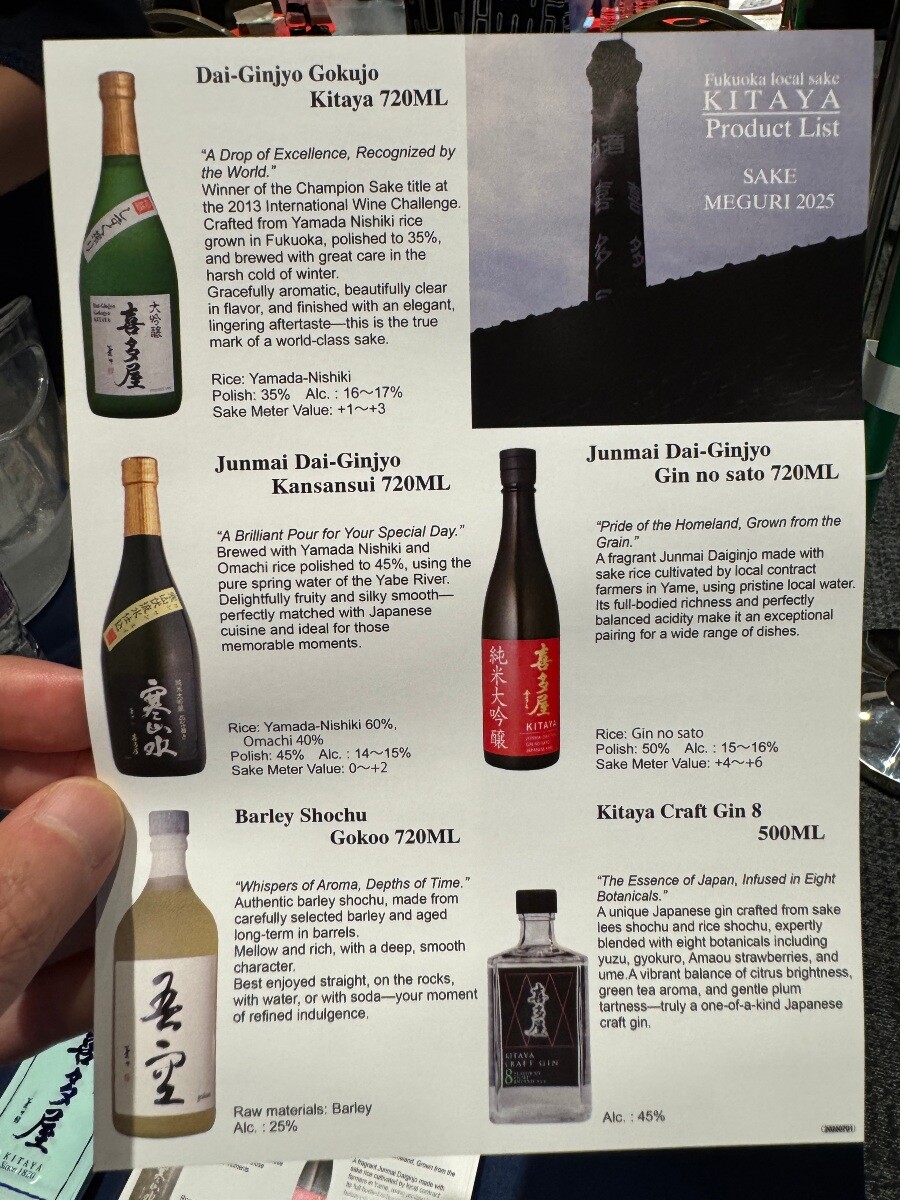
The rice polishing rate or “seimai-buai” is a crucial factor in sake production and refers to the percentage of the rice grain that remains after the outer layers have been milled away. The reason for polishing the rice is directly related to the composition of a rice grain. At the very centre of a sake rice grain is a pure, dense core of starch called the shinpaku (literally “white heart”). This starchy core is ideal for sake brewing..
The outer layers of the rice grain contain higher concentrations of proteins, fats, vitamins, and minerals. While these are nutritious for eating rice, they can negatively impact the flavour and aroma of sake during fermentation.
By polishing away these outer layers, brewers isolate the pure starchy core, which leads to cleaner fermentation, refined flavours and aromas and a smoother mouthfeel.
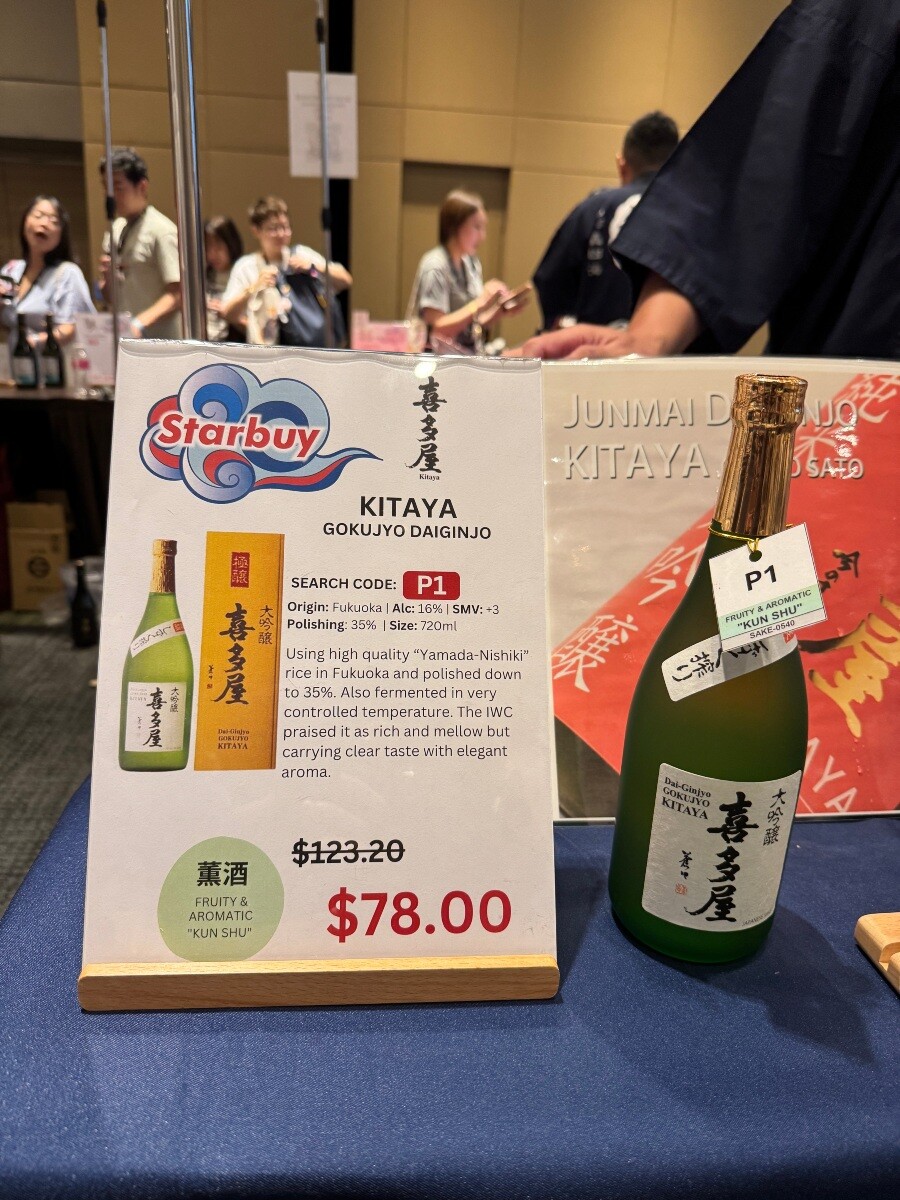
SAKE IPPIN
Most sakes are good pairings with seafood, steak or pork, but have you seen one that pairs with ramen? At first glance, I thought it was a sake that tasted like ramen.
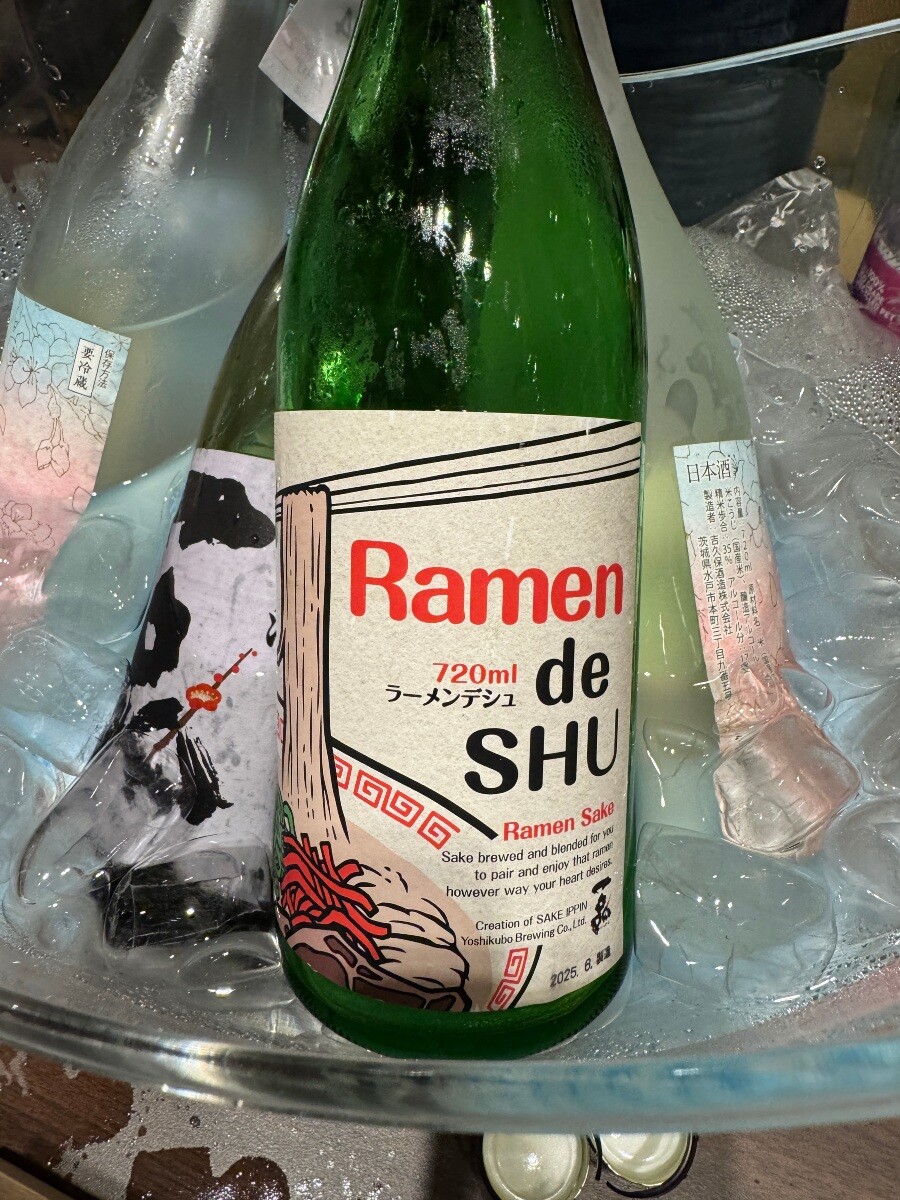
Sake Ippin is based in Mito City, Ibaraki Prefecture. Ibaraki Prefecture is in the Kanto region, northeast of Tokyo, and is famous for its agricultural produce, including rice.
It has received numerous accolades and awards both domestically and internationally. For instance, their Junmai Daiginjo has won Double Gold at the San Francisco International Wine Competition multiple times. This attests to their consistent quality and appeal on a global stage.
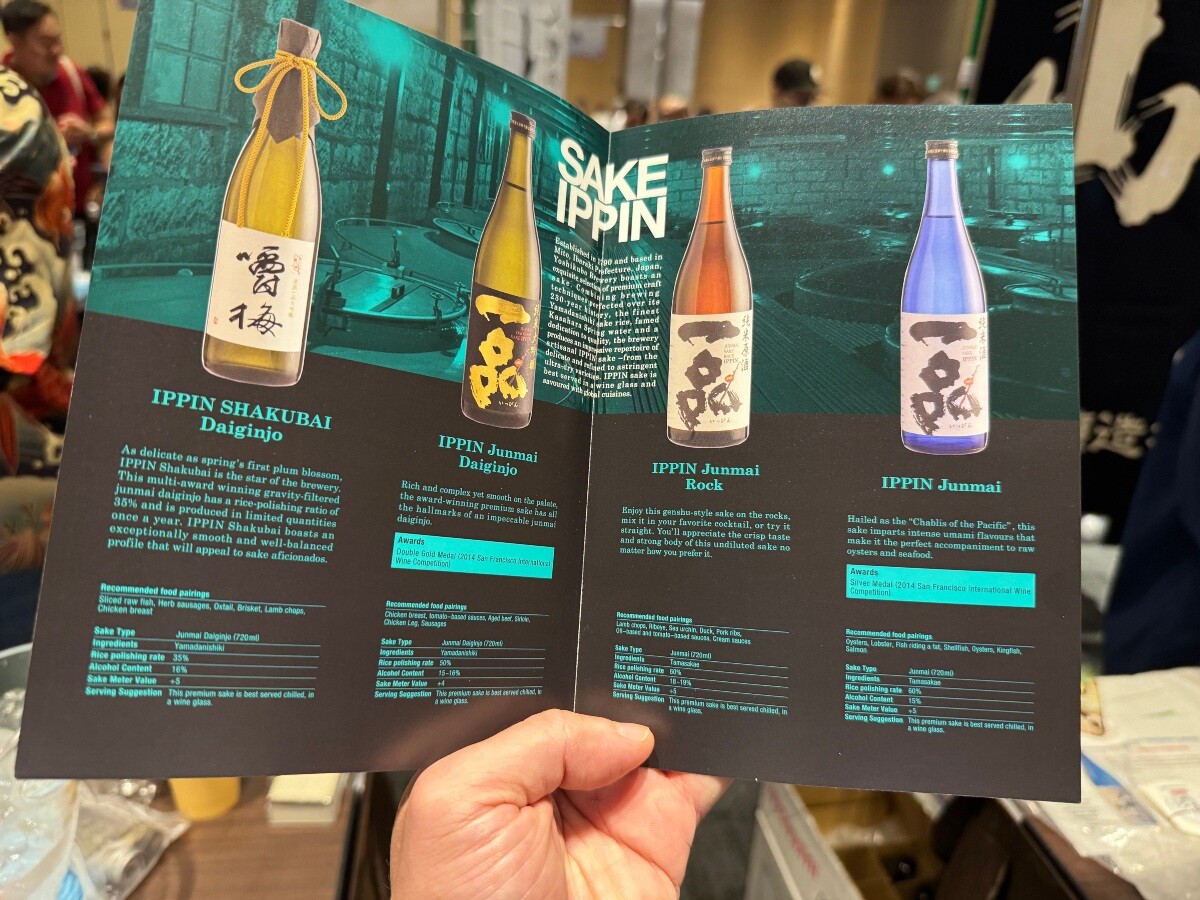
Sake Ippin produces a wide range of sake types, catering to various tastes and occasions. Their portfolio includes Junmai Daiginjo, their most premium offering, highly polished and known for delicate, fruity aromas. (e.g., Ippin Junmai Daiginjo). Also, the Junmai, a classic pure rice sake, often with a fuller body and rich rice flavours. (e.g., Ippin Junmai). Honjozo, sakes with a small amount of added brewer’s alcohol, are often designed for smooth drinking. (e.g., Ippin Honjozo Hakubai).
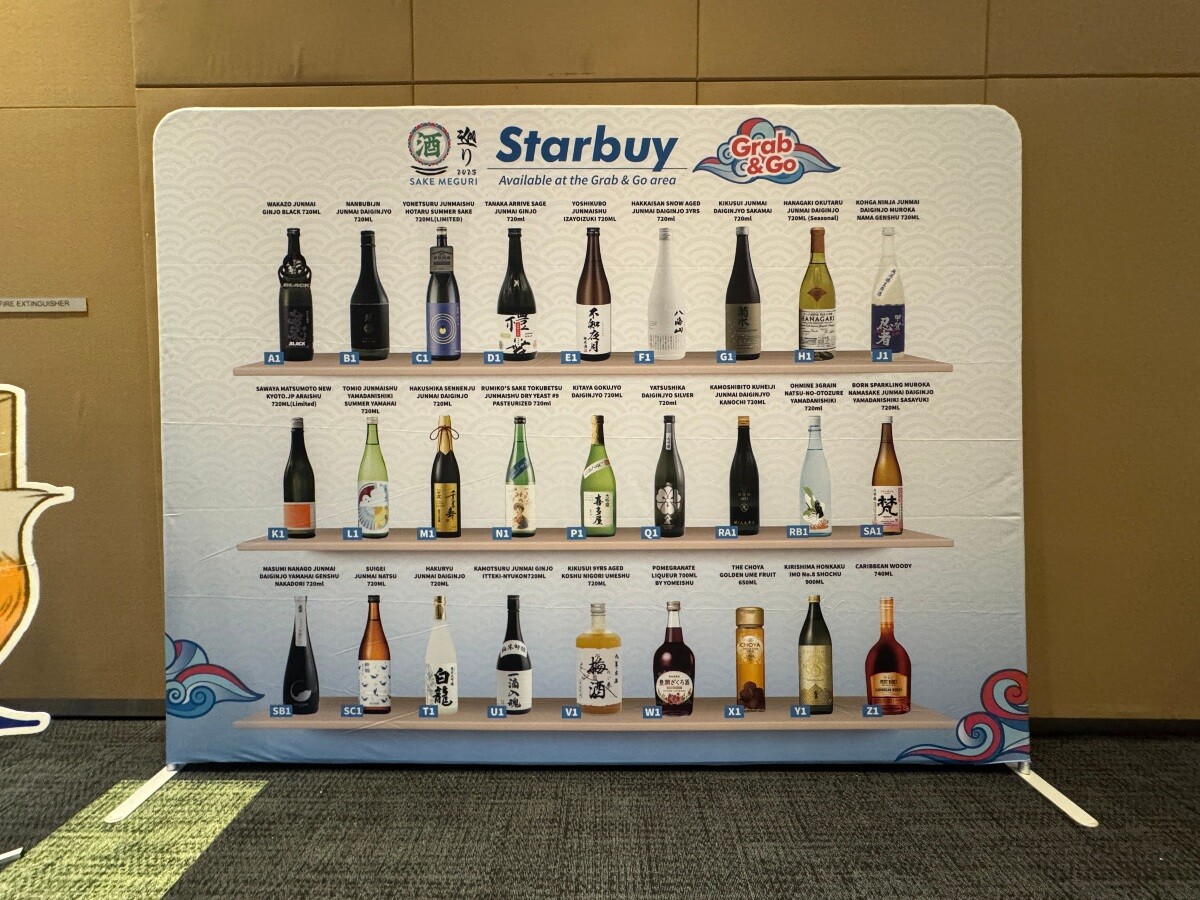
Thanks once again to sake.sg for the event, and I had better start making my way out. If not, I may just grab a few more bottles. There are just too many to choose from!
